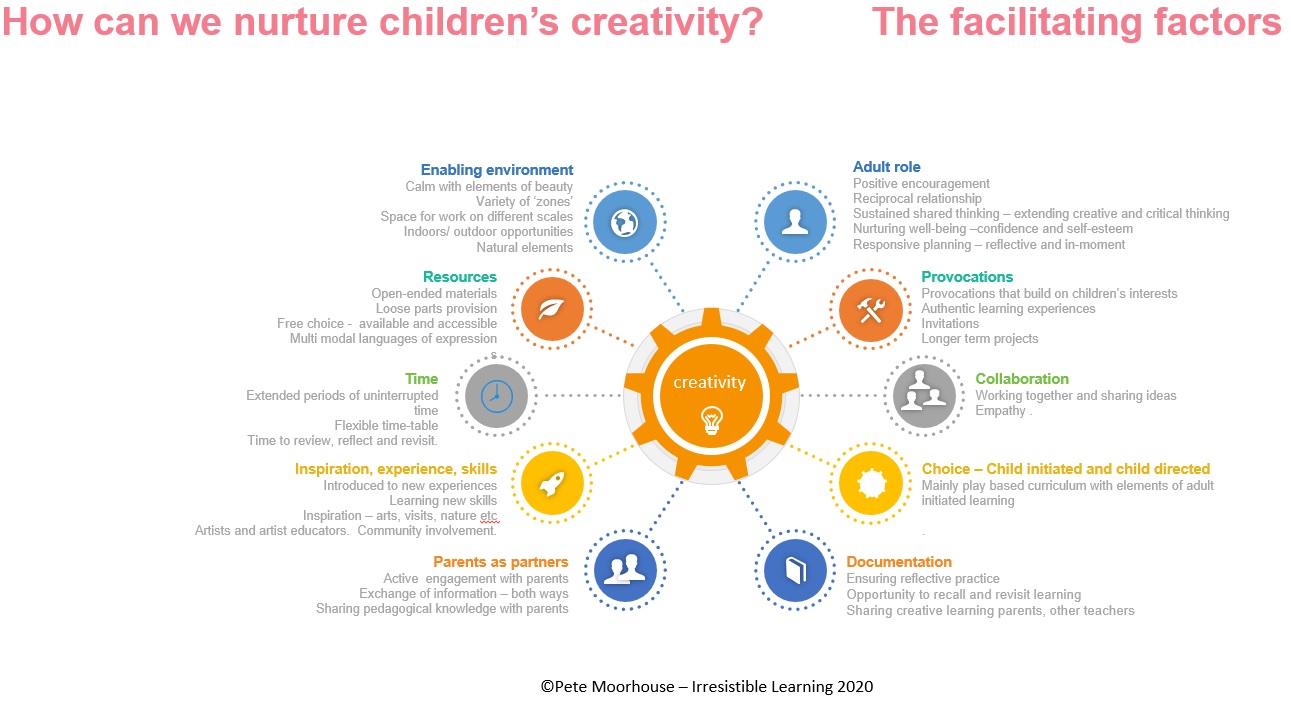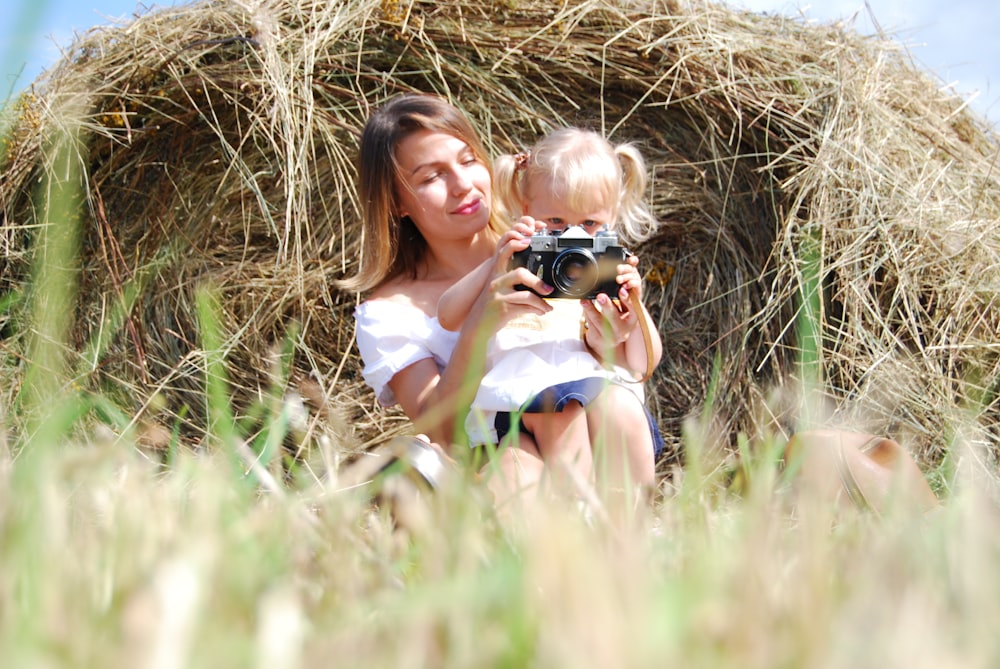Introduction:
Welcome to the exciting world of teaching! As you embark on this journey, one of the key skills you’ll need to develop is mastering classroom dynamics. It’s all about creating an environment where learning thrives, students are engaged, and everyone feels valued and respected. In this article, we’ll explore some essential teaching tips to help you navigate the intricacies of classroom dynamics with confidence.
Building Rapport:
First things first, building rapport with your students is essential. Take the time to get to know them as individuals, learn their names, and show genuine interest in their lives. A friendly smile, a listening ear, and a sense of humor can go a long way in establishing trust and creating a positive classroom atmosphere where students feel comfortable expressing themselves and taking risks.
Setting Expectations:
Clear expectations are the foundation of effective classroom management. From day one, communicate your expectations for behavior, participation, and academic performance in a clear and consistent manner. Be firm but fair, and hold students accountable for meeting the standards you’ve set. When everyone knows what’s expected of them, it’s easier to maintain order and focus on learning.
Creating a Supportive Environment:
Every student deserves to feel safe, supported, and respected in the classroom. Create a supportive environment where differences are celebrated, mistakes are viewed as learning opportunities, and everyone feels valued for who they are. Foster a sense of belonging by promoting collaboration, empathy, and mutual respect among students. When students feel supported, they’re more likely to take risks, ask questions, and actively participate in the learning process.
Engaging Instruction:
One of the keys to mastering classroom dynamics is keeping students engaged and invested in their learning. Design lessons that are interactive, hands-on, and relevant to students’ lives. Incorporate a variety of teaching strategies, such as group work, discussions, multimedia presentations, and hands-on activities, to cater to different learning styles and keep students actively involved. The more engaged students are, the more they’ll retain and apply what they’ve learned.
Managing Transitions:
Smooth transitions are essential for maintaining momentum and minimizing disruptions in the classroom. Have clear procedures in place for transitioning between activities, such as signals, timers, or transition songs. Clearly communicate your expectations for behavior during transitions, and provide support and guidance as needed to help students navigate changes smoothly. With consistent routines and clear expectations, transitions can become seamless parts of the learning process.
Addressing Behavior:
No matter how well you plan and prepare, there will inevitably be times when behavior issues arise in the classroom. It’s important to address these issues calmly, promptly, and respectfully. Set clear consequences for misbehavior, but also be willing to listen to students’ perspectives and give them a chance to make amends. Whenever possible, focus on positive reinforcement and proactive strategies for preventing behavior problems before they escalate.
Fostering Collaboration:
Collaboration is a valuable skill that extends beyond the classroom walls. Encourage collaboration among students by incorporating group work, cooperative learning activities, and projects that require teamwork. Provide opportunities for students to practice communication, problem-solving, and leadership skills in a supportive environment. By fostering a spirit of collaboration, you’ll not only enhance the learning experience but also prepare students for success in the real world.
Reflecting and Adapting:
Finally, mastering classroom dynamics is an ongoing process that requires reflection, self-awareness, and a willingness to adapt. Take the time to reflect on your teaching practices, gather feedback from students, colleagues, and mentors, and continuously seek out professional development opportunities to enhance your skills. Be open to trying new strategies, learning from your mistakes, and refining your approach based on what works best for your students.
As you navigate the complexities of classroom dynamics, remember that every day is an opportunity to learn, grow, and make a positive impact on the lives of your students. By building rapport, setting clear expectations, creating a supportive environment, and engaging students in meaningful learning experiences, you’ll be well on your way to mastering classroom dynamics and becoming an effective and inspiring teacher. Read more about tips for being a good teacher





